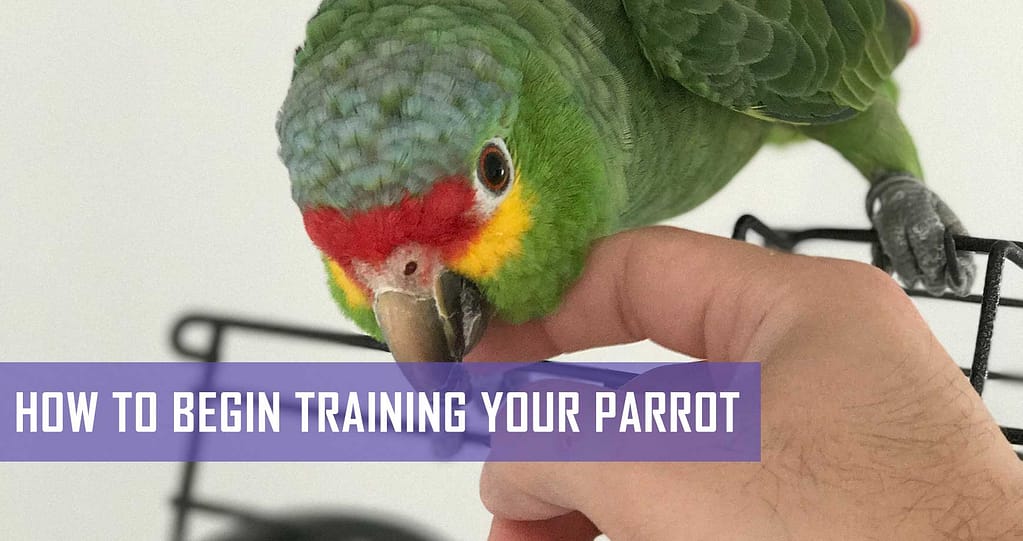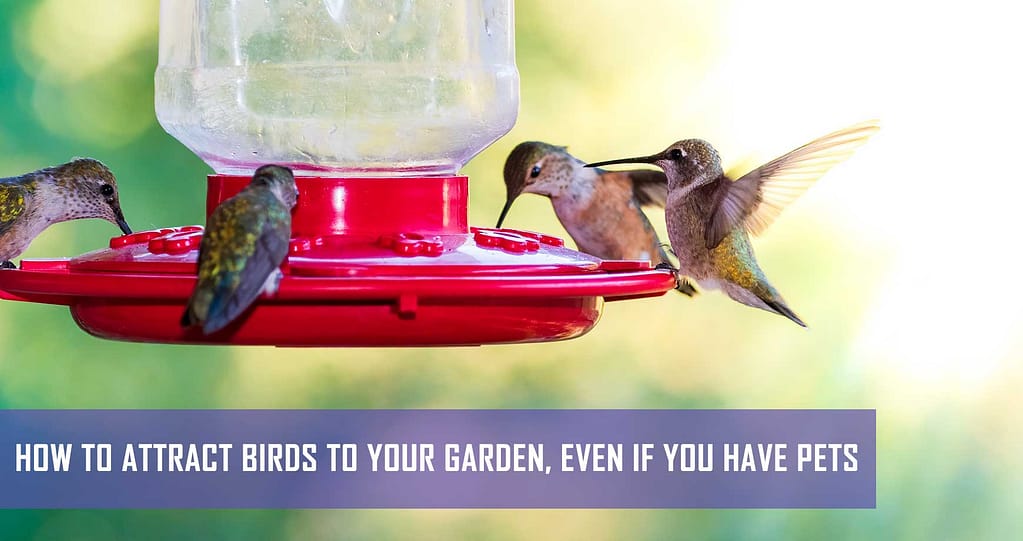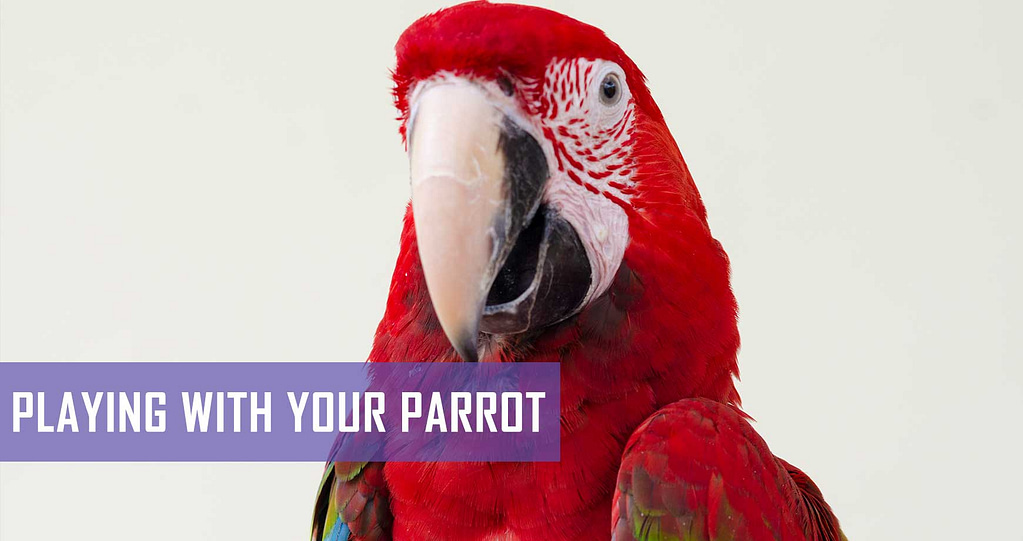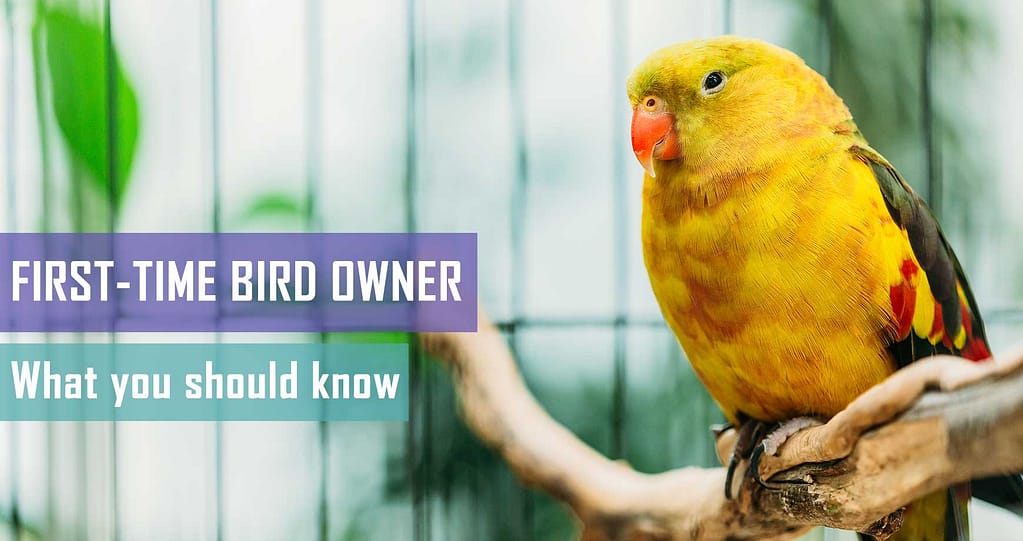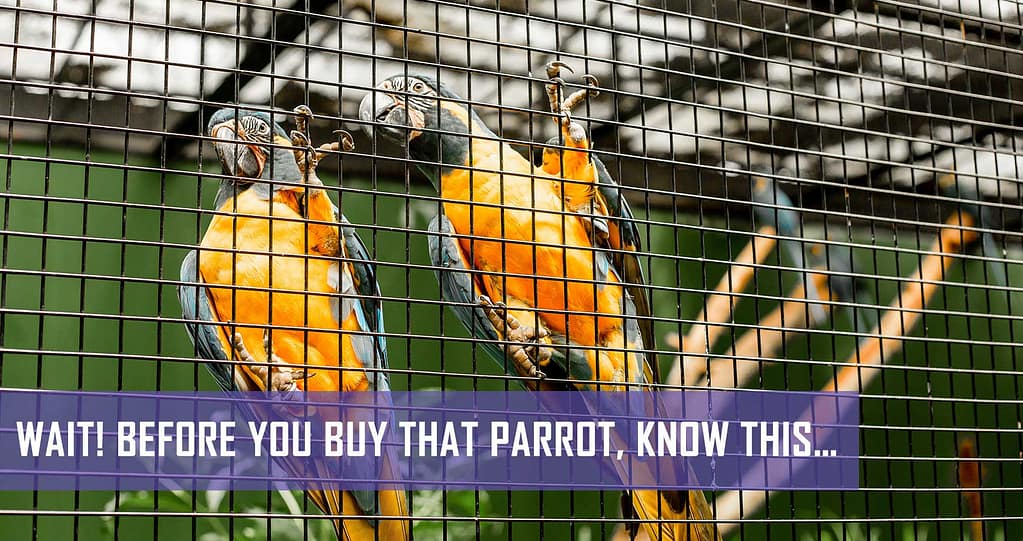In the wild, birds spend most of their time engaged in behaviours that earn them food. Flying and foraging, the hard work pays off with a full tummy. By providing your captive bird with food that’s readily available, you’re offering good care, but you will still need to provide the stimulation and enrichment, companionship and bonding she would otherwise enjoy from her natural behaviours and encounters. This is where training fulfils a very necessary purpose, especially considering the long lifespan of most pet birds.
Reinforcement basics 101
Like most pets, parrots can be trained with positive reinforcement. For every command your Polly follows and every trick she performs, she must be rewarded with an extraordinary treat. For every undesired behaviour… just ignore her. No reward.
Your bird will generally show you what she’s willing to work for, so watch her behavioural willingness when you test a few treats in front of her: from fresh fruit, to seeds, nuts and other tasty bird-friendly morsels. When you find Polly’s favourite food, stick with it to keep her super motivated. But be cautious: when she’s caught on to a particular behaviour and understands the command for it, reward infrequently with treats, but keep your praise and attention high. This will prevent a situation where she only listens to you when you have a treat in your hand!
Preparing the classroom
Your training environment must be well-lit, relaxed and free of distractions like other pets, children, TV, etc. Schedule enough time for training so that you’re relaxed during the session: training a bird takes patience and lots of repetition. Always adopt the ‘master’ position: be above your bird’s eye level and keep her at about chest height.
Quick and effective training sessions
Birds love to perform and will work for treats, but in order to prevent them from getting bored, keep training sessions short – around five to 10 minutes long – and end each session on a positive note and with a delicious treat. You can do this a few times a day.
Use the touch command
A very handy training tool to have is a stick with a ball on the end, such as a drumstick. When you place this near your parrot, out of curiosity she will want to reach out and touch it with her beak. When she does this, say “touch” and give her a reward. This sets up the basis for target training as your bird naturally follows the end of the drumstick and focuses on whatever you’re pointing at.
For example, when you’re training your bird to twirl around her perch, you can then use the drumstick to direct her movements, then reward her when she’s completed the rotation.
‘Step up’ to training
The most basic command and a great entry point for building rapport with your parrot is the step up or step down motion. If you put your finger, wrist or a dowel stick just below your bird’s chest, she will very likely step up onto the stick or finger from her perch. Say “step up” and offer a reward. Similarly, when you move her close to other objects or perches, encourage her to step down and reward her when she does. Repeating these movements will familiarise her with your expectations so that you’ll soon be able to get her to respond appropriately without even issuing the command or needing to offer a reward.
Birds are incredibly intelligent and curious, so there are endless tricks and behaviours you can teach your parrot to perform to keep her stimulated and active. The key is repetition, reward, positive response and patience.

